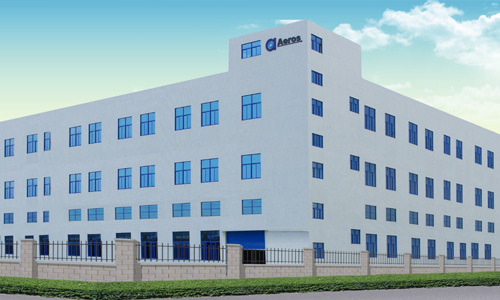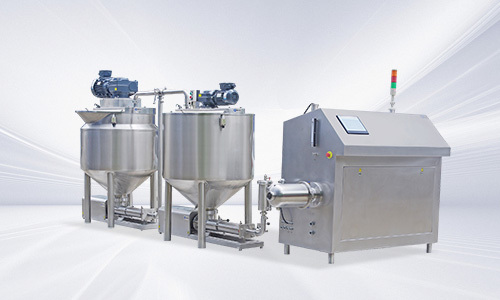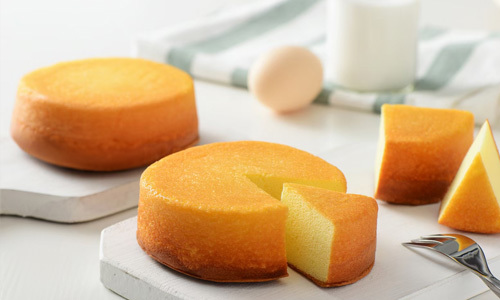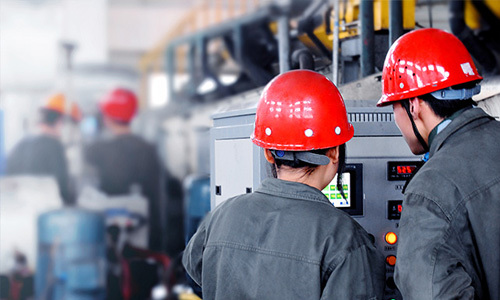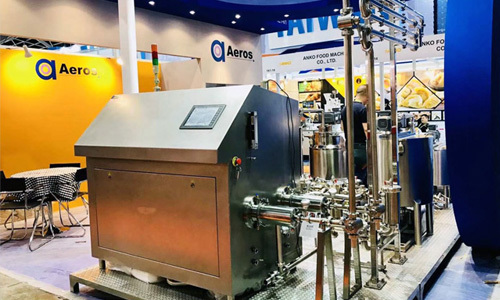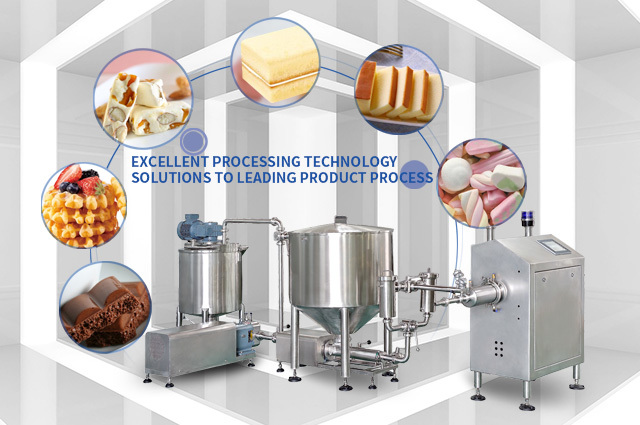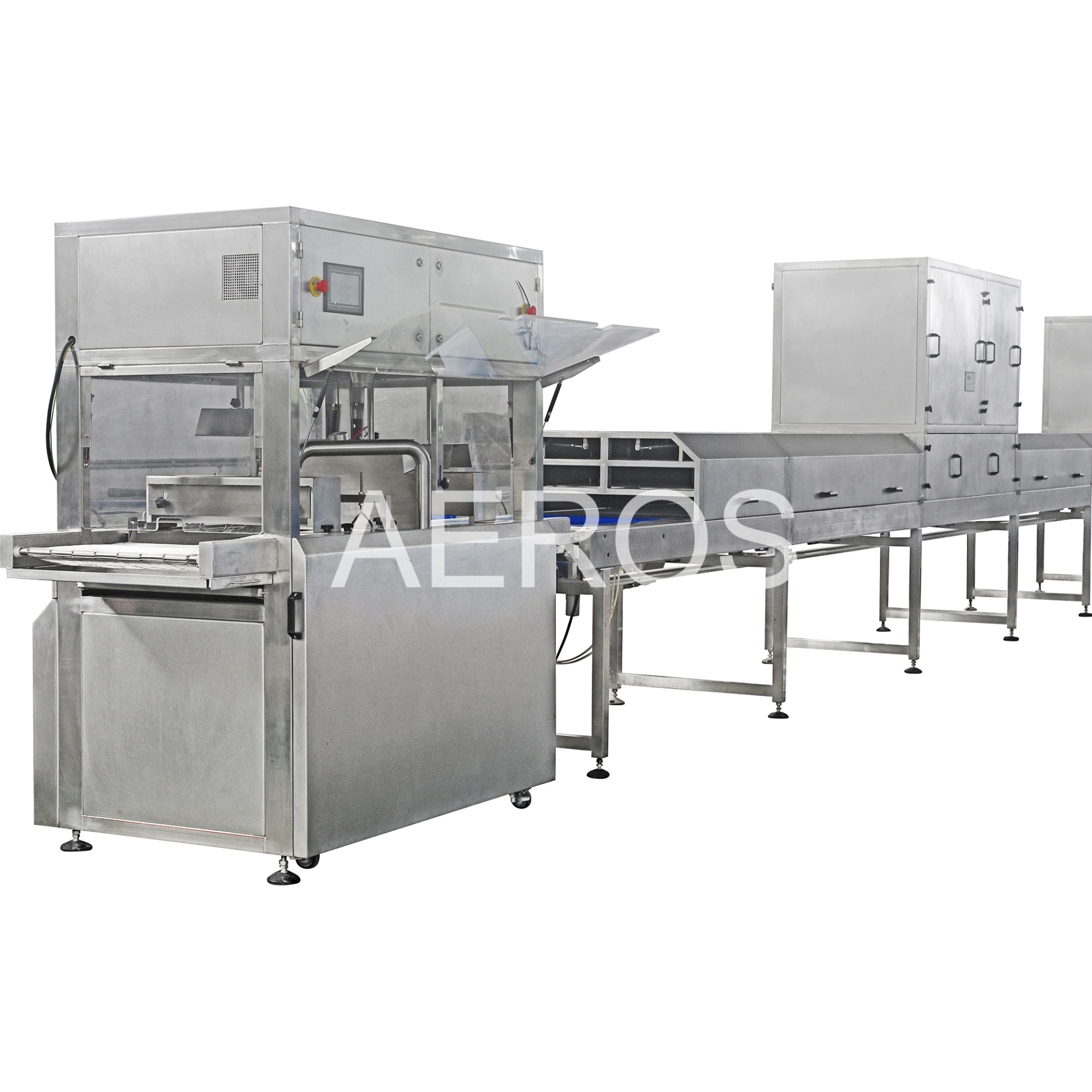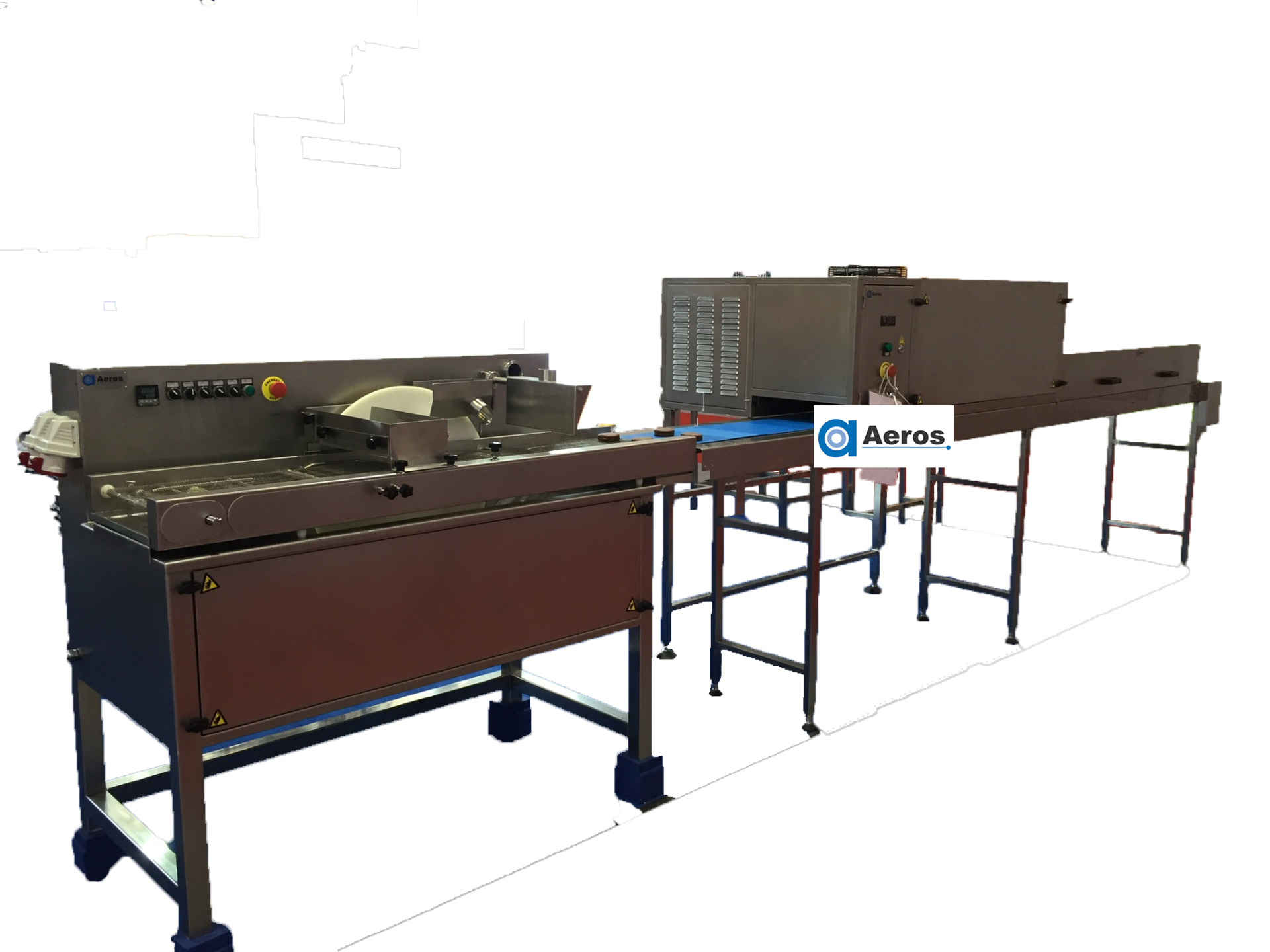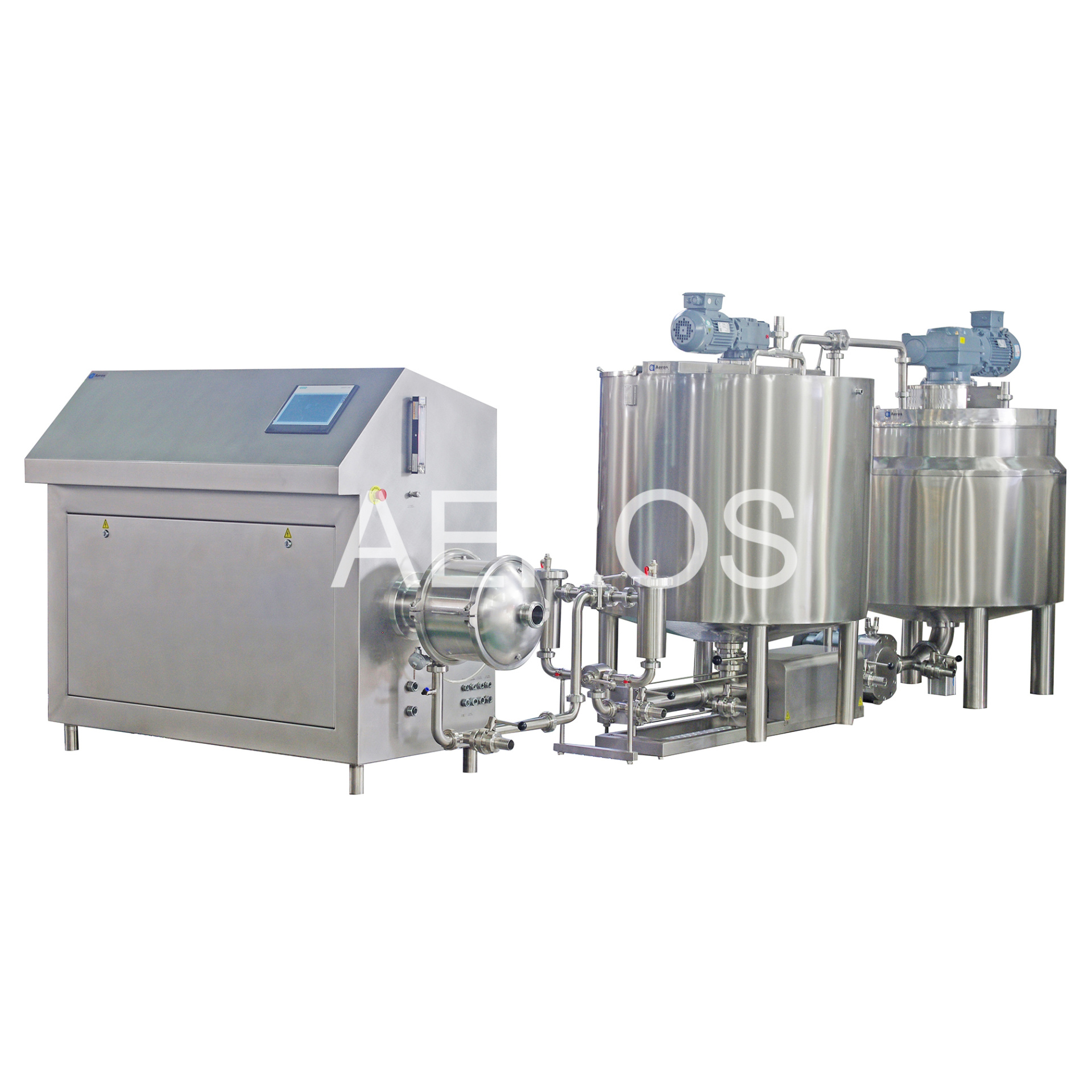Transforming Food Processing: The Role of an Automatic Aeration Machine in Enhancing Quality and Efficiency

2025/07/02
Transforming Food Processing: The Role of an Automatic Aeration Machine
Table of Contents
- 1. Introduction to Automatic Aeration Machines
- 2. What is Aeration in Food Processing?
- 3. The Importance of Aeration in Food Processing
- 4. How Automatic Aeration Machines Work
- 5. Benefits of Using Automatic Aeration Machines
- 6. Applications of Automatic Aeration Machines in the Food Industry
- 7. Case Studies: Success Stories in Food Processing
- 8. The Future of Aeration Technology in Food Processing
- 9. FAQs About Automatic Aeration Machines
- 10. Conclusion
1. Introduction to Automatic Aeration Machines
In the fast-evolving landscape of food processing, the demand for efficiency, consistency, and quality has never been higher. Automatic aeration machines have emerged as a pivotal solution in this arena, streamlining production processes while enhancing the sensory attributes of food products. These machines leverage advanced technology to introduce air into various food mixtures, promoting fermentation, emulsification, and texture improvement.
2. What is Aeration in Food Processing?
Aeration refers to the process of incorporating air into food products. This technique is essential in various stages of food manufacturing, including mixing, whipping, and fermenting. In the context of food processing, aeration can achieve several goals:
- **Improving Texture:** Aeration contributes to the light and airy texture of foods like whipped cream and bread.
- **Enhancing Flavor:** The introduction of air can aid in the development of complex flavors during fermentation processes.
- **Increasing Volume:** Many food products gain volume through aeration, an essential factor in appealing presentation.
3. The Importance of Aeration in Food Processing
The role of aeration in food processing cannot be overstated. It is integral to producing high-quality products that meet consumer expectations. Aeration affects not only the physical properties of food but also its sensory attributes, including flavor and aroma. In industries where texture and taste are paramount—such as in baked goods, beverages, and snacks—efficient aeration can significantly influence market competitiveness.
4. How Automatic Aeration Machines Work
Automatic aeration machines utilize sophisticated mechanisms to control the introduction and distribution of air into food mixtures. Here’s how they function:
- **Air Intake System:** These machines typically feature a specialized air intake system that ensures a consistent flow of air.
- **Mixing Mechanism:** The mixing blades or paddles are designed to create turbulence, allowing air to be evenly distributed throughout the product.
- **Control Panels:** Modern machines include digital control panels that allow operators to fine-tune aeration levels, mixing times, and speeds, ensuring optimal results.
- **Monitoring Sensors:** Sensors can track temperature, pressure, and other vital parameters, facilitating real-time adjustments to maintain consistency and quality.
5. Benefits of Using Automatic Aeration Machines
Implementing automatic aeration machines in food processing offers numerous advantages, including:
5.1 Enhanced Product Quality
Automatic aeration ensures uniform air distribution, leading to consistent texture and flavor profiles in food products. This quality assurance is crucial for maintaining brand integrity and consumer satisfaction.
5.2 Increased Efficiency and Productivity
These machines reduce the time required for aeration processes, enabling higher output rates without compromising quality. Automation also minimizes the need for manual labor, thus lowering operational costs.
5.3 Improved Safety and Compliance
Automatic aeration machines are designed to meet strict food safety standards, including hygiene and sanitation requirements. Their automated processes reduce the risk of cross-contamination and human error.
5.4 Versatility in Applications
From dairy products to bakery items, these machines are adaptable to a wide range of food types. Their versatility makes them a valuable asset in various food processing environments.
6. Applications of Automatic Aeration Machines in the Food Industry
Automatic aeration machines find applications across diverse sectors within the food industry, including:
6.1 Bakery Products
In the baking sector, aeration is crucial for creating light and fluffy bread and pastries. Automatic aeration machines efficiently incorporate air into dough, enhancing volume and texture.
6.2 Beverages
Aeration plays a vital role in the production of carbonated and non-carbonated beverages, influencing mouthfeel and flavor release. These machines ensure consistent aeration levels, essential for quality control.
6.3 Snack Foods
For snacks, aeration contributes to the desirable crunch and texture. Automatic aeration machines help achieve the perfect balance between air content and product density.
6.4 Dairy Products
In dairy processing, aeration is critical for products like yogurt and whipped cream. Automatic machines provide the precision needed for consistent results.
7. Case Studies: Success Stories in Food Processing
Several food manufacturers have successfully integrated automatic aeration machines into their production lines, yielding impressive results.
7.1 A Leading Bakery’s Transformation
A prominent bakery that adopted automatic aeration machines reported a **30% increase in production efficiency**. The machines allowed for consistent dough aeration, resulting in lighter, more appealing bread that received rave reviews from consumers.
7.2 Beverage Manufacturer’s Quality Leap
A beverage company leveraged automatic aeration technology to improve the mouthfeel and flavor of its carbonated drinks. The result was a **15% boost in sales** attributed to enhanced customer satisfaction.
8. The Future of Aeration Technology in Food Processing
As technology advances, so does the potential for aeration machines to innovate further. Future trends may include:
- **Smart Technology Integration:** Incorporating AI and machine learning algorithms for real-time adjustments and predictive maintenance.
- **Sustainability Focus:** Developing energy-efficient machines that align with eco-friendly manufacturing practices.
- **Customization Capabilities:** Enhancing machines to allow for tailored aeration profiles to suit specific product requirements.
9. FAQs About Automatic Aeration Machines
What types of food products benefit from automatic aeration?
Automatic aeration machines are beneficial for a variety of food products, including baked goods, beverages, dairy items, and snack foods.
How do automatic aeration machines ensure consistency?
These machines utilize advanced technology to monitor parameters such as air intake, mixing speed, and temperature, ensuring uniform results across batches.
Are automatic aeration machines easy to operate?
Yes, most automatic aeration machines feature user-friendly interfaces and digital controls that simplify operation, reducing the need for extensive training.
What is the cost of investing in an automatic aeration machine?
The cost can vary widely based on the machine's capabilities, size, and manufacturer. However, the return on investment is often realized quickly through increased efficiency and product quality.
How do automatic aeration machines impact food safety?
These machines are designed to meet stringent food safety regulations and minimize human contact, reducing the risk of contamination during production.
10. Conclusion
Automatic aeration machines are transforming the food processing industry by enhancing product quality, improving efficiency, and ensuring compliance with safety standards. As manufacturers continue to seek innovative solutions to meet consumer demands, these machines will play a crucial role in shaping the future of food production. Embracing this technology not only fosters competitiveness but also paves the way for exciting advancements in food processing. The integration of automatic aeration machines signifies a pivotal shift towards greater quality and efficiency in an industry that continuously evolves.
By understanding the functionalities and benefits of automatic aeration machines, food processors can harness their potential to deliver high-quality products that satisfy consumer needs and drive business success.
Automatic aeration machine
Previous Page

